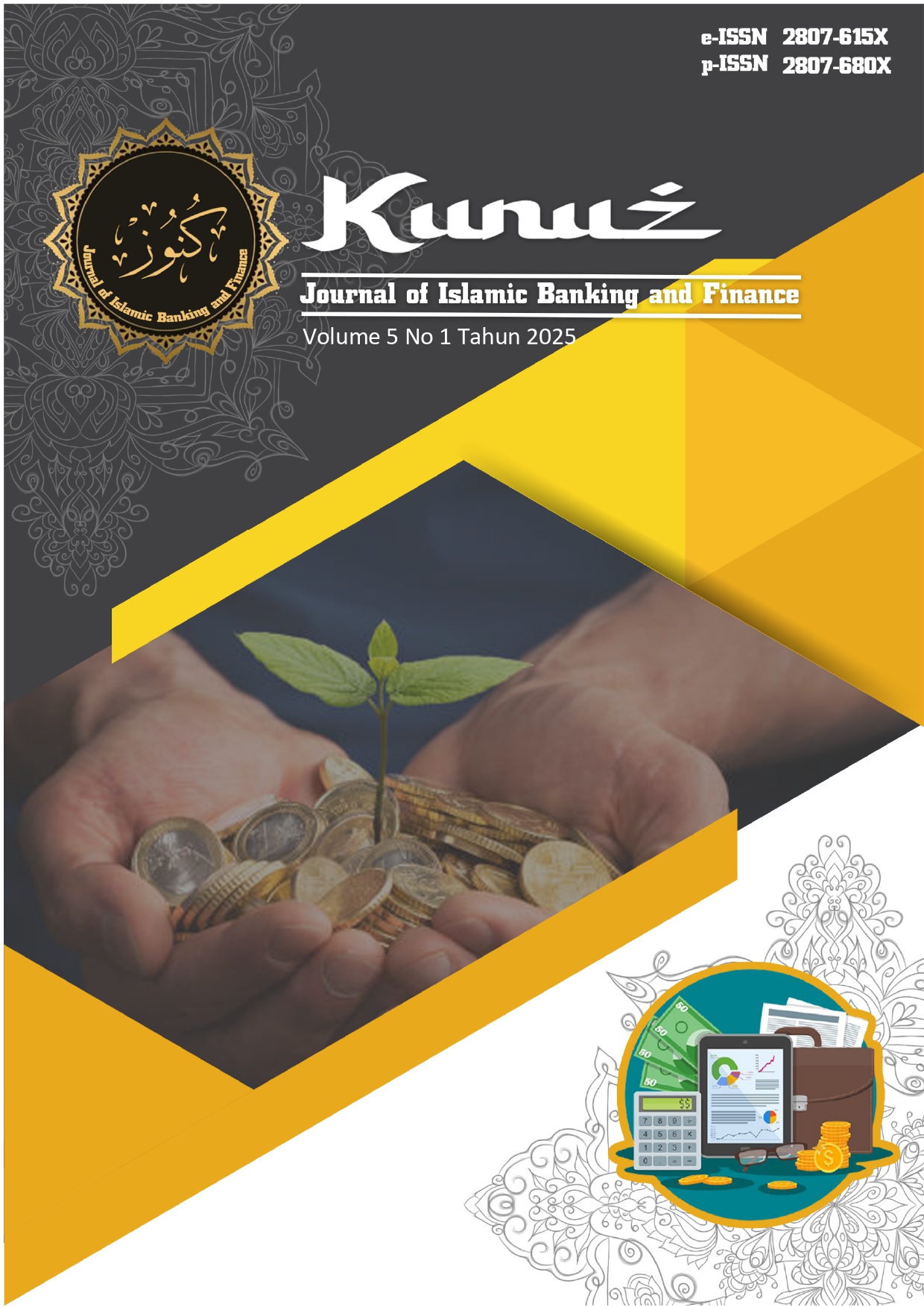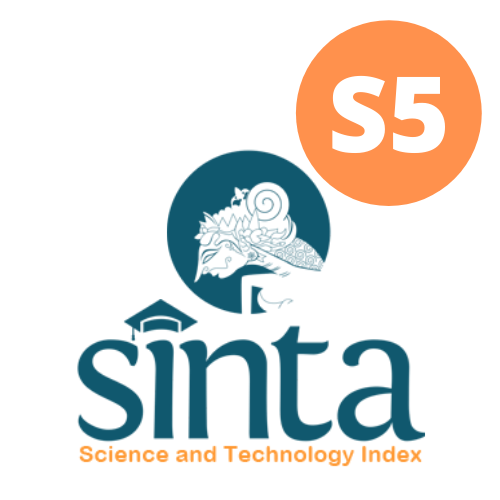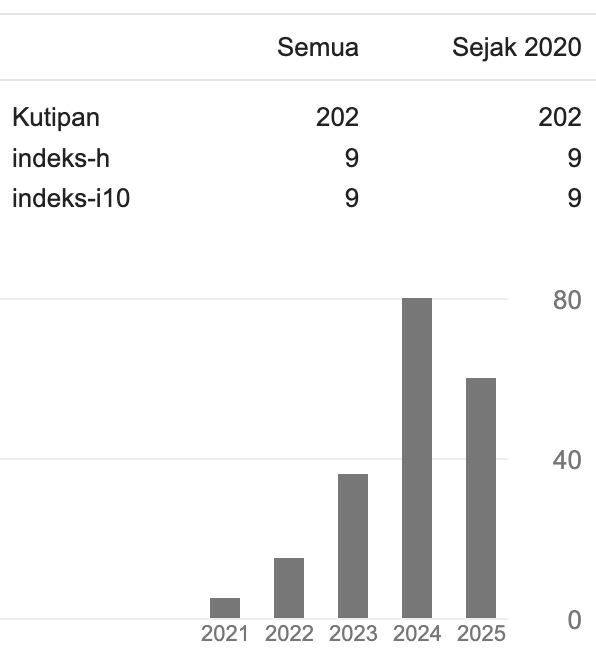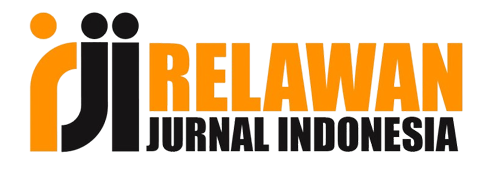The Role of Sharia-Compliant Hedging Instruments in Managing Sukuk Yield Volatility
Abstract
The rapid expansion of Indonesia’s sukuk market has become a strategic pillar in the advancement of the national Islamic economic framework. Nevertheless, this progress is overshadowed by the inherent risk of yield volatility, primarily triggered by fluctuations in monetary policy. Such volatility generates significant cash flow uncertainty for issuers and price risks for investors. Unmitigated, this risk has the potential to hinder market deepening and constrain long-term financial stability.This study aims to conduct an in-depth analysis of the conceptual framework and technical mechanisms of Sharia-compliant hedging instruments as a viable solution to these challenges. Employing a systematic literature review with a qualitative analytical approach, the study synthesizes diverse academic works, industry standards, and relevant fatwas. The findings indicate that the Islamic Profit Rate Swap (IPRS) represents a manifestation of Sharia-compliant financial engineering that is theoretically effective in mitigating yield-related risks. Structured through a series of wa’d (unilateral promises) and tawarruq (commodity murabahah) contracts, the IPRS mechanism provides functional equivalence to conventional swaps by enabling market participants to exchange fixed-rate exposures for floating ones.The main contribution of this research lies in bridging the existing literature gap between global discourses on Islamic derivatives and their contextual application within Indonesia’s sukuk market. The study concludes that understanding and adopting sophisticated instruments such as the IPRS is not merely an option but a necessary condition for achieving maturity, resilience, and market completeness in the future development of the Islamic capital market.
References
Accounting and Auditing Organization for Islamic Financial Institutions (AAOIFI). (2017). Shari’ah Standards. Manama, Bahrain: AAOIFI.
Alqurnia, I., Puspitasari, D., & Hartono, B. (2023). Stabilitas Sistem Keuangan Syariah dan Mobilisasi Dana: Analisis Volatilitas di Pasar Sukuk Indonesia. Jurnal Ekonomi Dan Keuangan Syariah, 7(2), 215–230.
Aulia, R., & Suhel. (2023). Analisis Dampak Variabel Makroekonomi Terhadap Perkembangan Pasar Sukuk Di Indonesia. Jurnal Ilmiah Ekonomi Islam, 9(2), 2226–2236. https://doi.org/10.29040/jiei.v9i2.8466
Ayub, M. (2007). Understanding Islamic Finance. John Wiley & Sons.
Creswell, J. W., & Poth, C. N. (2016). Qualitative Inquiry and Research Design: Choosing Among Five Approaches (4th ed.). Sage Publications.
Desky, H., Beik, I. S., & Risfandy, T. (2025). Transformasi Manajemen Risiko dan Instrumen Hedging pada Lembaga Keuangan Syariah di Era Digital. Al-Iqtishad: Jurnal Ilmu Ekonomi Syariah, 17(1), 115–130. https://doi.org/10.15408/aiq.v17i1.12345
Dewan Syariah Nasional-Majelis Ulama Indonesia (DSN-MUI). (2015). Himpunan Fatwa Keuangan Syariah. DSN-MUI.
Fathurahman, A., & Purnomo, A. (2023). Analisis Kesenjangan Kebutuhan dan Ketersediaan Instrumen Manajemen Risiko di Perbankan Syariah Indonesia. Jurnal Keuangan Dan Perbankan Syariah, 9(1), 78–92.
Febriana, D., & Setiawan, B. (2024). Analisis Pengaruh Inflasi, Suku Bunga, dan Peringkat Sukuk terhadap Imbal Hasil Sukuk Korporasi. Jurnal Akuntansi Dan Keuangan, 26(1), 45–58. https://doi.org/10.9744/jak.26.1.45-58
Hakim, A. R., & Syaichu, M. (2020). Analisis Risiko dan Imbal Hasil Sukuk Negara Ritel di Indonesia. Diponegoro Journal of Management, 9(2), 1–12.
Hasan, I. (2023). Analisis Fiqh Muamalah terhadap Mekanisme Islamic Profit Rate Swap (IPRS) sebagai Instrumen Lindung Nilai (Hedging) Syariah. Jurnal Ilmiah Ekonomi Islam, 9(1), 521–530. https://doi.org/10.29040/jiei.v9i1.7821
Hassan, M. K., & Al-iyu, A. A. (2018). A Review of the Literature on Islamic Derivatives. Journal of Islamic Accounting and Business Research, 9(1), 122–137. https://doi.org/10.1108/JIABR-04-2016-0044
International Islamic Financial Market (IIFM). (2025). IIFM Standard Master Agreement for Islamic Profit Rate Swaps. Manama, Bahrain: IIFM.
Islamic Financial Services Board (IFSB). (2021). Islamic Financial Services Industry Stability Report 2021. Kuala Lumpur, Malaysia.
Karim, A. A., Wijayanti, R., & Hartono, B. (2022). The Impact of Market Volatility on Sukuk Issuance in Developing Countries: A Panel Data Analysis. Journal of Islamic Economic Studies, 10(2), 210–225. https://doi.org/10.1234/jies.v10i2.5678
Khan, T., & Ahmed, H. (2001). Risk Management: An Analysis of Issues in Islamic Financial Industry. Jeddah, Saudi Arabia.
Komite Nasional Ekonomi dan Keuangan Syariah (KNEKS). (2023). Masterplan Ekonomi Syariah Indonesia 2019-2024: Ringkasan Eksekutif. KNEKS.
Maybank Islamic Berhad. (2025). Islamic Profit Rate Swap (IPRS): Product Disclosure and Framework. Kuala Lumpur, Malaysia.
Muchtar, M., & Aris, S. I. (2023). The Impact of BI Rate, Yield, and Inflation on Project-Based Sukuk. In ICIFEB 2022: Proceedings of the 3rd International Conference of Islamic Finance and Business, ICIFEB 2022, 19-20 July 2022, Jakarta, Indonesia. European Alliance for Innovation.
Otoritas Jasa Keuangan (OJK). (2025). Laporan Dewan Komisioner Bulanan (RDKB): Asesmen Stabilitas Sektor Jasa Keuangan.
Putra, A. P., Hidayat, R., & Firmansyah, I. (2024). Pengaruh Suku Bunga Acuan, Inflasi, dan Nilai Tukar Terhadap Harga Sukuk Korporasi di Pasar Sekunder. Jurnal Ekonomi Syariah Teori Dan Terapan, 11(1), 95–108. https://doi.org/10.20473/vol11iss20241pp95-108
Setiawan, D., & Suroso, I. (2021). Inovasi Produk Berbasis Manajemen Risiko sebagai Pendorong Daya Saing Lembaga Keuangan Syariah. Esensi: Jurnal Bisnis Dan Manajemen, 11(2), 135–148. https://doi.org/10.15408/esensi.v11i2.12345
Sugiyono. (2017). Metode Penelitian Kualitatif: Untuk Penelitian yang Bersifat Eksploratif, Enterpretif, Interaktif dan Konstruktif. Alfabeta.
Suriani, Mukhlis, & Musnadi, S. (2018). Pengaruh Tingkat Suku Bunga, Inflasi, Dan Nilai Tukar Terhadap Perkembangan Sukuk Di Indonesia. Jurnal Ilmiah Mahasiswa Ekonomi Pembangunan, 3(2), 233–243.
Wahidah, A. (2023). Pengaruh Tingkat Suku Bunga, Inflasi, dan Jatuh Tempo Terhadap Imbal Hasil Sukuk Negara (Surat Berharga Syariah Negara Seri SR-015). Jurnal Ilmiah Mahasiswa FEB, 11(2).
Zatadini, N. (2022a). Development of Islamic Profit Rate Swap (IPRS) as a Sharia Hedging Instrument. Jurnal Ekonomi Dan Perbankan Syariah, 10(1), 48–61. https://doi.org/10.46899/jeps.v10i1.411
Zatadini, N. (2022b). Islamic Profit Rate Swap dalam Pandangan Fiqh Muamalat. Nuris Journal of Education and Islamic Studies, 2(1), 23–32. https://doi.org/10.52620/jeis.v2i1.19
Zed, M. (2014). Metode Penelitian Kepustakaan. Yayasan Pustaka Obor Indonesia.
Copyright (c) 2025 Kunuz: Journal of Islamic Banking and Finance

This work is licensed under a Creative Commons Attribution 4.0 International License.













